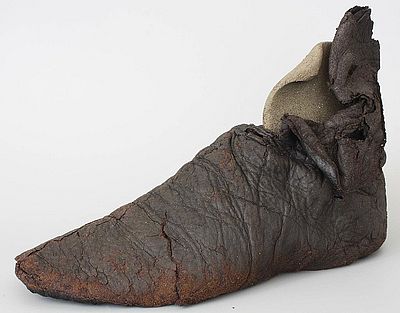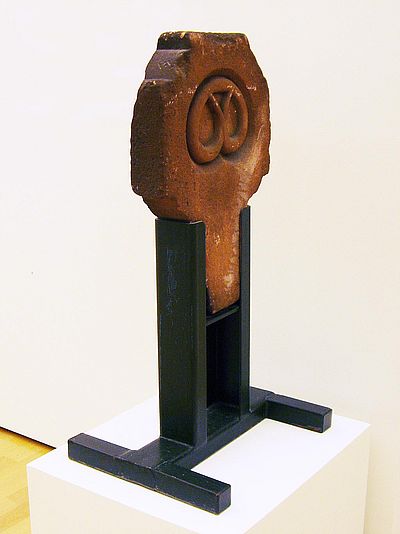12th - 16th century


Settlement and city
The tomb stone with the pretzel leads us into the times of the first expansion of Gießen as a city.
In the 13th and 14th century, inhabitants of other surrounding settlements moved to Gießen. By heaping up earth they made the terrain accessible and suitable for building, and they developed new areas towards the south and west up to the river Lahn.
Soon, trade and craftsmanship developed. The wool weavers, butchers and shoe makers organized the first guilds. Probably the bakers did the same, as they produced goods for the daily needs.
Besides their trades, many families also worked as farmers. Specialised craftsman’s establishments such as copper-, boiler- and weapon smiths followed. Slowly, social classes formed. Rich and powerful citizens distinguished themselves from the poor, such as farmhands, maidservants or day labourers. Above all were the castle guards or castellans, and other office-bearers of authorities.




